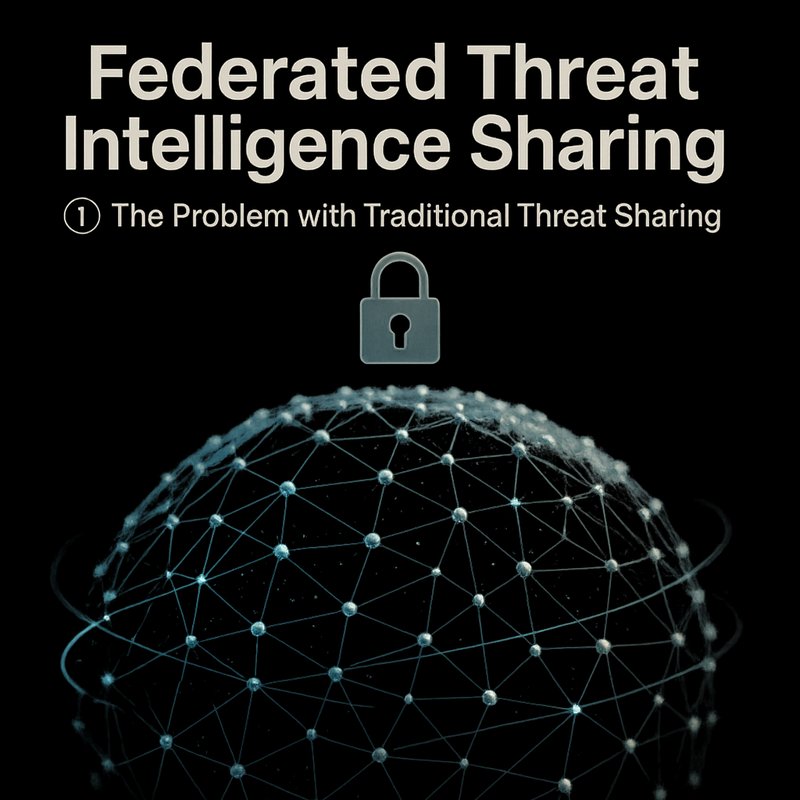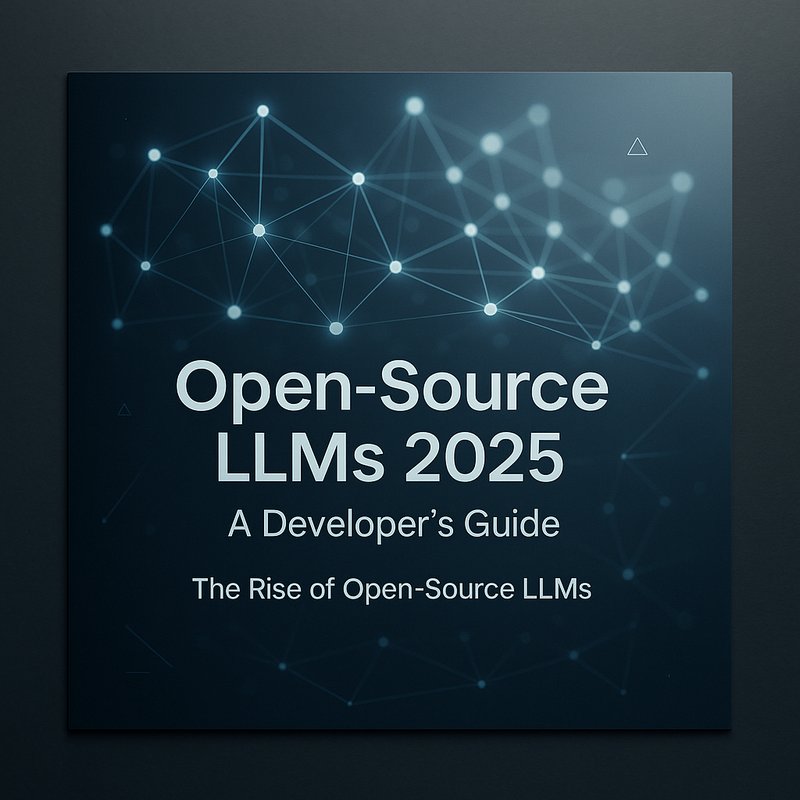In today’s hyper‑connected world, no single organization can fend off every cyber threat on its own. Attackers move quickly, exploiting zero‑day exploits, and the sheer volume of data needed to spot patterns is overwhelming. The solution many security teams are turning to is Federated Threat Intelligence Sharing – a model where multiple organizations collaboratively share threat signals without exposing sensitive data.
This article explains what federated sharing means, why it matters, how to set it up, real‑world examples, and best practices. By the end you’ll know if this model is right for your SOC and how to start building a federated intelligence network today.
1️⃣ The Problem with Traditional Threat Sharing
Traditional threat intel exchanges (such as open feeds, commercial vendors, or government portals) usually involve a one‑to‑many model: an organization pushes data to a central repository, and everyone pulls what they need. This approach has several pitfalls:
- Privacy risks – Sharing raw logs can reveal internal network structure.
- Bandwidth and cost – Constantly pulling large feeds is expensive.
- Data overload – Not every alert is relevant to every customer.
- Stale information – Feeds are updated at irregular intervals, leaving gaps.
With these limitations, defenders often end up with fragmented insight that misses the bigger picture.
2️⃣ What Is Federated Threat Intelligence Sharing?
Federated Threat Intelligence Sharing flips the model on its head. Instead of dumping data into a central hub, each participant keeps its own data silo and only shares derived signals or models. The key ideas are:
- Data remains local – Raw logs stay on premises.
- Privacy by design – Only aggregated or obfuscated metrics leave the network.
- Real‑time collaboration – Participants can exchange alerts in near‑real time.
- Mutual benefit – Every member gets richer intelligence from the community.
Think of it like a neighborhood watch: each house knows what’s happening around its own front door, but they share alerts about suspicious activity that could affect the whole block.
2.1 Core Components
| Component | Role | Example Tool |
|---|---|---|
| Data Locality Layer | Keeps logs and raw events on local infrastructure. | Elastic Stack, Splunk, Zeek |
| Feature Extraction Engine | Derives lightweight indicators (hashes, IP reputation, behavioral signatures). | Neura Artifacto, custom Python scripts |
| Federation Protocol | Secure channel for exchanging signals. | GraphQL API, gRPC, MQTT over TLS |
| Aggregation Service | Combines signals, removes duplicates, scores risk. | Neo4j, custom microservice |
| Decision Engine | Triggers SOAR playbooks or alerts. | Cortex XSOAR, TheHive |
The federation layer can be built with open standards or proprietary protocols. The crucial part is that no raw data leaves the local environment.
3️⃣ Benefits of Federated Threat Intelligence Sharing
- Enhanced Coverage – Combine diverse data sets to spot cross‑organization patterns.
- Speed – Real‑time exchange reduces lag between detection and response
- Compliance Friendly – Keep sensitive data in compliance with GDPR, HIP, etc.
- Cost Efficiency – Share only what is needed; avoid large commercial feeds.
- Resilience – A distributed model means if one node goes down, others keep sharing.
In practice, many firms report that federated sharing reduces false positives by 30‑40% and shortens Mean Time to Detect (MTTD) by 25%.
4️⃣ Architectural Blueprint
Below is a step‑by‑step guide to building a federated sharing network.
4.1 Step 1 – Define the Scope
- Who joins? Partners, suppliers, industry groups.
- What data? Indicator lists (IP, hashes), anomaly flags, threat tags.
- How often? Near‑real time, hourly, daily.
Document agreements in a Data Sharing Agreement (DSA) that outlines retention, privacy, and liability.
4.2 Step 2 – Set Up the Local Layer
- Log collection – Use Elastic Search, Splunk, or Zeek to ingest raw logs.
- Normalization – Convert logs into a common schema (e.g., STIX).
- Feature extraction – Run scripts that pull out signatures and context.
- Anonymization – Strip PII, use hashing, or apply differential privacy.
Tip: Use a lightweight container, such as a Docker image, so it can run on any VM or edge device.
4.3 Step 3 – Implement the Federation Protocol
- Choose a transport – gRPC is fast; MQTT is lightweight for IoT.
- Security – TLS 1.3, mutual TLS, and role‑based access control.
- Message format – JSON or Protobuf; include metadata like source, timestamp, severity.
Open‑source libraries such as Apache Kafka or NATS can serve as the backbone.
4.4 Step 4 – Build Aggregation & Scoring

- Deduplication – Use hash tables or Bloom filters.
- Confidence scoring – Combine source reputation with indicator strength.
- Risk mapping – Map indicators to asset criticality.
Tools like Neo4j or custom microservices (Node.js, Python) can run the aggregation.
4.5 Step 5 – Integrate with SOAR
Expose a REST or GraphQL endpoint that returns enriched alerts. Plug this into your playbooks so that if an indicator hits a critical asset, an automatic isolation script runs.
5️⃣ Real‑World Example: A Manufacturing Consortium
A group of 12 manufacturers in the automotive supply chain joined forces to build a federated intelligence network.
- Participants – OEMs, Tier‑1 suppliers, logistics partners.
- Shared signals – Phishing URLs, ransomware hashes, supply‑chain malware.
- Outcome – Within three months, the consortium detected 18 new threat vectors that would have taken each member months to uncover alone.
The consortium used the open‑source FediGuard framework, which provided the federation protocol and a web UI for signal visibility.
6️⃣ Tools and Frameworks
| Tool | Description | Link |
|---|---|---|
| FediGuard | Open‑source federated sharing framework. | https://github.com/fediguides/fedigard |
| Neo4j | Graph database for aggregation. | https://neo4j.com |
| Apache Kafka | Distributed streaming platform. | https://kafka.apache.org |
| Stix2.1 | Standardized threat intel format. | https://oasis-open.org/standards#stix |
| Neura Artifacto | Automates data ingestion and feature extraction. | https://artifacto.meetneura.ai |
Neura AI’s ecosystem can also help: [Neura Artifacto] (https://artifacto.meetneura.ai) can pull logs, while [Neura ACE] (https://ace.meetneura.ai) can generate micro‑services for aggregation.
7️⃣ Security & Compliance Checklist
| Check | Why | How |
|---|---|---|
| Data minimization | Reduce exposure. | Share only hashes and indicators, not full logs. |
| Encryption in transit | Protect data. | TLS 1.3, mutual authentication. |
| Access control | Prevent misuse. | Role‑based ACLs, audit logs. |
| Retention policy | Meet legal requirements. | Define how long signals stay in the network. |
| Incident response plan | Coordinate actions. | Map shared signals to playbooks. |
Adhering to these practices keeps the federation secure and compliant.
8️⃣ Best Practices for Scaling
- Start small – Begin with a single partner, then expand.
- Automate onboarding – Use scripts to spin up a new node.
- Use a shared ontology – STIX or TAXII for standardization.
- Monitor the network – Dashboards showing signal flow and latency.
- Regularly review agreements – Update DSAs as new regulations emerge.
9️⃣ Future Outlook
- AI‑driven signal weighting – Use machine learning to auto‑prioritize alerts.
- Edge federation – Share signals from IoT gateways directly.
- Inter‑industry federation – Cross‑sector collaboration (finance, healthcare).
- ization efforts – Widespread adoption of TAXII 2.1 and STIX 2.1.
As the ecosystem matures, federated threat intelligence sharing will become a cornerstone of proactive cybersecurity.
🔟 Getting Started Checklist
| Item | Action |
|---|---|
| Define partners | List potential collaborators and draft DSAs. |
| Set up local collectors | Install Elastic Stack or Splunk on each node. |
| Deploy federation layer | Deploy Kafka or FediGuard on each node. |
| Configure aggregation | Spin up Neo4j cluster or microservice. |
| Integrate with SOAR | Hook the aggregation endpoint into your playbooks. |
| Run a pilot | Share a few indicators and measure impact. |
Use Neura AI’s resources to accelerate: see the case studies for real deployments.
Conclusion
Federated Threat Intelligence Sharing is no longer a niche concept; it’s becoming a practical necessity for organizations that want timely, privacy‑preserving threat intelligence. By keeping data local and only exchanging actionable signals, defenders can gain deeper insights while staying compliant. If you’re ready to move beyond traditional feeds and join a collaborative defense network, the architecture above offers a clear path to start today.









